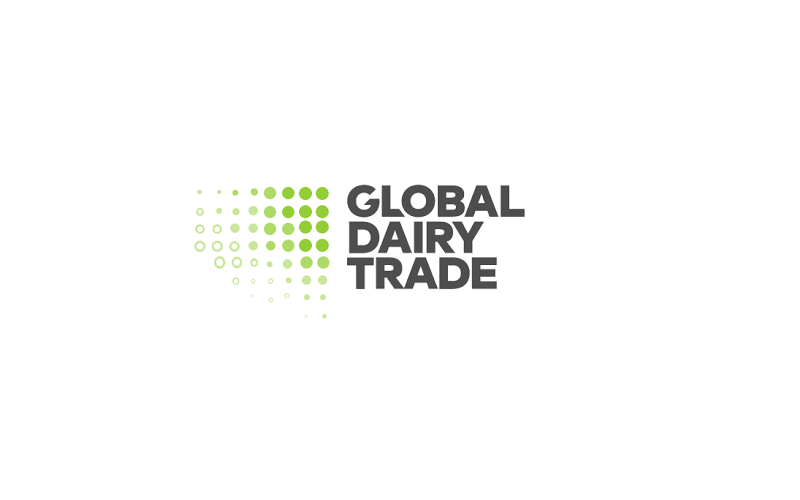Russia Aims to Boost Agricultural Exports to China, Focusing on Powdered Milk
Source: The DairyNews
Russian agricultural exports, particularly powdered milk, are anticipated to contribute significantly to an expected US$8 billion growth in the sector in the coming years, according to Agroexport, a Russian government agency.
China, importing dairy products valued at US$8.9 billion annually, with nearly half being powdered milk, presents a key market for Russian dairy companies.
Dmitry Krasnov, Director of Agroexport, highlighted substantial opportunities for Russian dairy product exports to central and southern China, regions with high populations lacking their own dairy production capacities. Approximately 57% of Chinese dairy imports currently come from New Zealand.
The Russian dairy industry takes inspiration from the exponential growth of Belarusian dairy exports to China, which surged from US$7.3 million in 2017 to US$138.8 million in 2022, as noted by Krasnov. The expected growth in Russian agricultural exports is projected to be primarily driven by powdered milk, along with pork and lamb exports.
The lifting of a 15-year ban on Russian pork imports by China in 2023 is anticipated to significantly contribute to the growth, potentially doubling pork exports to 0.5 million tonnes annually in the next few years.
Krasnov emphasized that milk powder stands out as one of the most competitive Russian export commodities, presenting brighter prospects for dairy factories compared to conventional products like cheese and butter. Global powdered milk prices experienced a dip in 2022 but reversed the trend in the following year, with Russia expecting price pressure in 2024 due to factors like Chinese powdered milk production growth and reduced imports in other Southeast Asian countries.
Agroexport believes that by investing in promotion and creating space for Russian products in foreign markets, the Russian dairy industry can potentially increase powdered milk exports from 20,000 tonnes in 2023 to around 40,000 tonnes in 2024.
Dmitry Krasnov, Director of Agroexport, highlighted substantial opportunities for Russian dairy product exports to central and southern China, regions with high populations lacking their own dairy production capacities. Approximately 57% of Chinese dairy imports currently come from New Zealand.
The Russian dairy industry takes inspiration from the exponential growth of Belarusian dairy exports to China, which surged from US$7.3 million in 2017 to US$138.8 million in 2022, as noted by Krasnov. The expected growth in Russian agricultural exports is projected to be primarily driven by powdered milk, along with pork and lamb exports.
The lifting of a 15-year ban on Russian pork imports by China in 2023 is anticipated to significantly contribute to the growth, potentially doubling pork exports to 0.5 million tonnes annually in the next few years.
Krasnov emphasized that milk powder stands out as one of the most competitive Russian export commodities, presenting brighter prospects for dairy factories compared to conventional products like cheese and butter. Global powdered milk prices experienced a dip in 2022 but reversed the trend in the following year, with Russia expecting price pressure in 2024 due to factors like Chinese powdered milk production growth and reduced imports in other Southeast Asian countries.
Agroexport believes that by investing in promotion and creating space for Russian products in foreign markets, the Russian dairy industry can potentially increase powdered milk exports from 20,000 tonnes in 2023 to around 40,000 tonnes in 2024.











